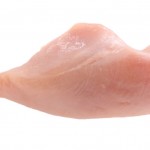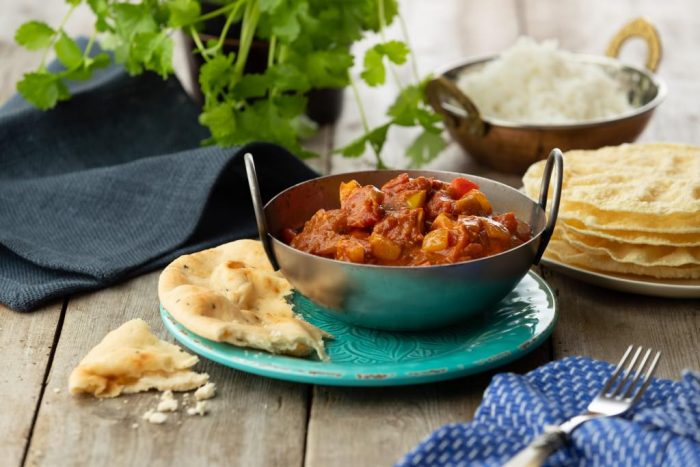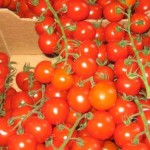Recipe and image kindly supplied by Canned Food UK (www.cannedfood.co.uk)
A truly delicious budget-beautiful curry that the whole family will enjoy.
Don’t feel you need to stick to the recipe precisely; experiment with other curry pastes, or different meats and vegetables; whatever you have!
Skills Check
Follow a recipe; follow food safety & hygiene rules; tidy away; use measuring spoons and cups; use weighing scales; cut using the bridge /claw technique safely; use a tin opener safely; crush garlic; use the hob (with adult supervision).
Equipment
Large pan, wooden spoon, chopping board, knife, measuring spoons, weighing scales, tin opener, garlic crusher (optional), tablespoon.
Allergens (Please note the allergens listed are indicative only. Allergens vary depending on brand; check the labels on the products you use.)
Mustard | May contain: wheat | sulphites
Ingredients (serves 4):
- 1 onion, diced
- 1 garlic clove, crushed/sliced
- 2 peppers, diced
- 1 tbsp oil
- 3 tbsp jalfrezi curry paste
- 2 x 200g cans chicken breast, cut into bite-size pieces (if using fresh chicken, pre-fry with vegetables and ensure meat is fully cooked (no pink) before eating).
- 1 x 400g can chopped tomatoes
- Fresh coriander (optional), rice and/or naan bread to serve
Method
- In a large pan, fry the onions, garlic and peppers in the oil until softened.
- Add the curry paste and continue cooking for 1-2 minutes.
- Add the chicken, canned tomatoes and 200ml of water. Simmer for 8-10 minutes until everything has heated through and the sauce thickens.

Tomatoes are really good for us containing a wide range of vitamins and minerals. They also contain lycopene, a type of antioxidant which can help protect our bodies from disease.
Nutritional Information
| Energy | 1173kJ/279kcal | 14% | |
| Med | Fat | 9.4g | 13% |
| Low | Saturates | 0.8g | 4% |
| Low | Sugars | 11.0g | 12% |
| Med | Salt | 1.1g | 18% |
per 229g serving
% of an adult's reference intake
Typical values per 100g: Energy 512kJ / 122kcal
Notes
A traffic light system is used on nutrition labels to make it easier to see which foods and drinks are lower in calories, fat, sugar and salt. Try and choose more ‘greens’ and ‘ambers’ and fewer ‘reds’, and stick to smaller portions of ‘reds’.
Just because a recipe or a food has a red traffic light doesn’t mean you shouldn’t eat it. Understanding why a food or recipe might have a red light can be helpful. For example oily fish is high in total fat and so any recipe containing oily fish is likely to be ‘red’ for fat. But it is recommended that we eat oily fish at least once a week because the type of fat it contains is beneficial for our health.
% Reference Intakes are also shown. Reference Intakes are guidelines about the approximate amount of particular nutrients and energy required for a healthy diet (based on an average-sized woman doing an average amount of physical activity). Most children will require less than these Reference Intakes. The contribution of one serving of a food or drink to the Reference Intake for each nutrient is expressed as a percentage.




